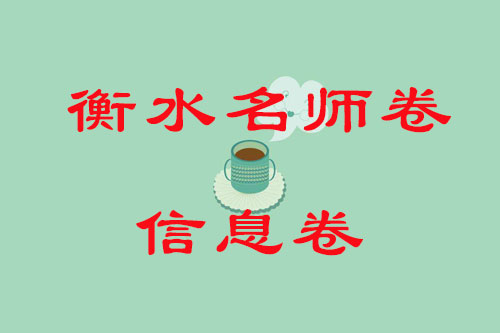2020届衡水名师卷信息卷·全国II卷英语4(四)试题答案,获取完整的衡水名师卷信息卷及其答案,可以添加QQ群:543538056 2020届衡水名师卷信息卷·全国II卷英语4(四)试题答案阅读理解
2020届衡水名师卷信息卷·全国II卷英语4(四)试题答案阅读理解
Before the 1830s, most newspapers were sold through annual
subscriptions in America, usually $8 to $10 a year. Today $8 or $10 seems a
small amount of money, but at that time these amounts were forbidding to most
citizens. Accordingly, newspapers were read almost only by rich people in
politics or the trades. In addition, most newspapers had little in them that
would appeal to a mass audience. They were dull and visually forbidding. But
the revolution that was taking place in the 1830s would change all that.
The trend, then, was toward the “penny paper”— a term
referring to papers made widely available to the public. It meant any
inexpensive newspaper; perhaps more importantly it meant newspapers that could
be bought in single copies on the street.
This development did not take place overnight. It had been
possible(but not easy)to buy single copies of newspapers before 1830, but this
usually meant the reader had to go down to the printer’s office to purchase a
copy. Street sales were almost unknown. However, within a few years, street
sales of newspapers would be commonplace in eastern cities. At first the price
of single copies was seldom a penny—usually two or three cents was charged—and
some of the older well-known papers charged five or six cents. But the phrase
“penny paper” caught the public’s fancy, and soon there would be
papers that did indeed sell for only a penny.
This new trend of newspapers for” the man on the street”
did not begin well. Some of the early ventures(企业)were immediate failures.
Publishers already in business, people who were owners of successful papers,
had little desire to change the tradition. It took a few youthful and daring
businessmen to get the ball rolling.2020届衡水名师卷信息卷·全国II卷英语4(四)试题答案
 2023-2024衡水名师卷-名校名师卷答案网
2023-2024衡水名师卷-名校名师卷答案网